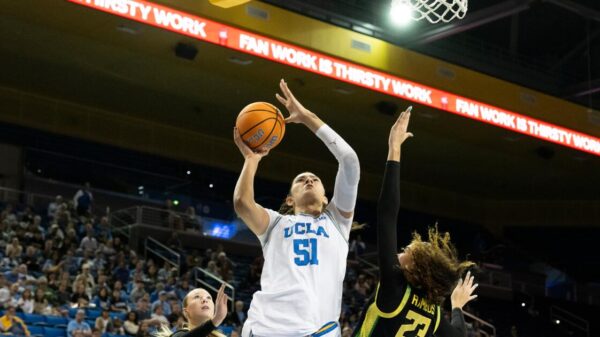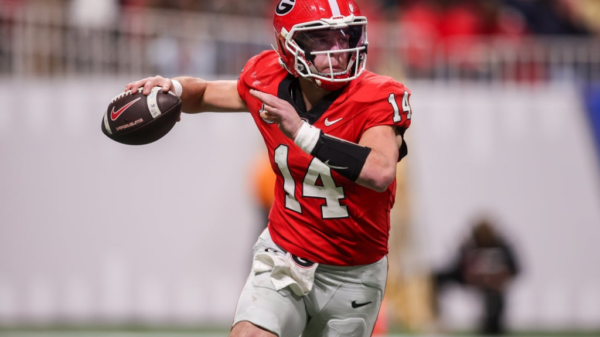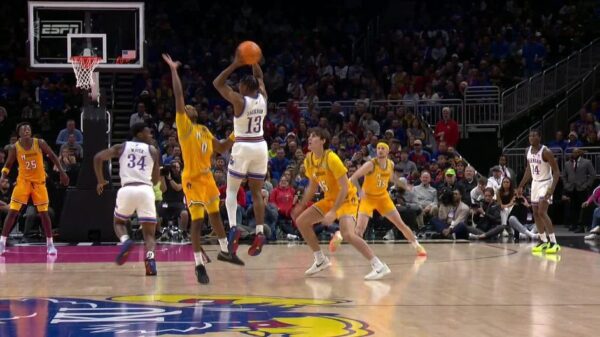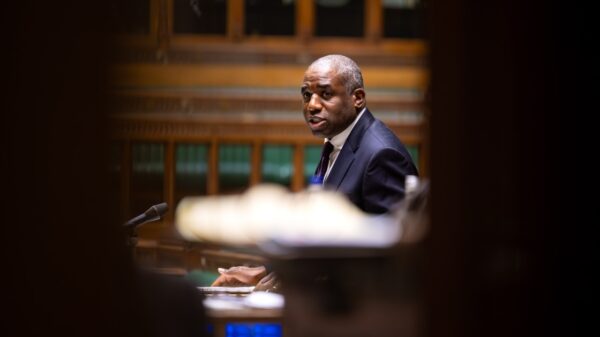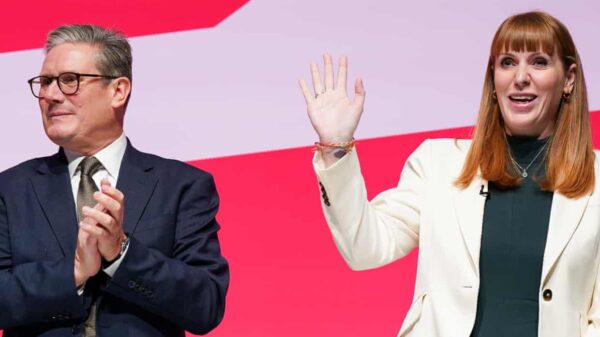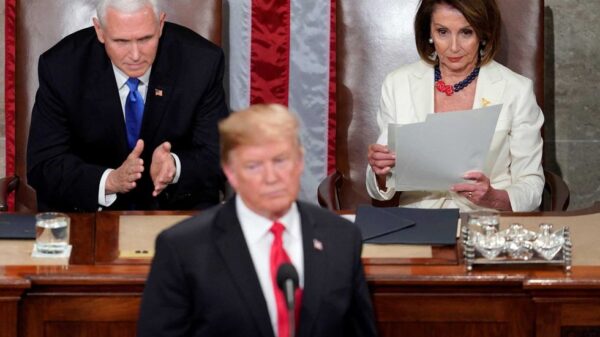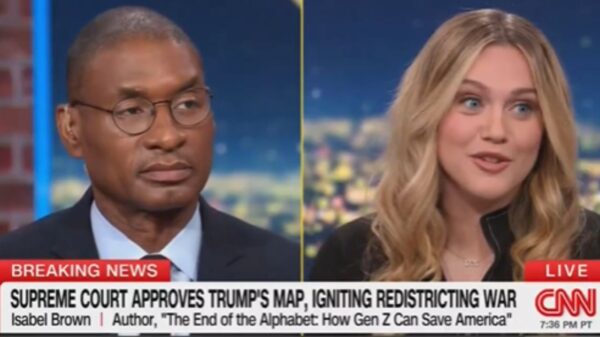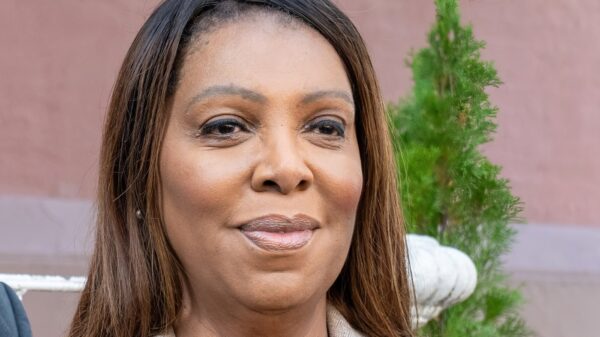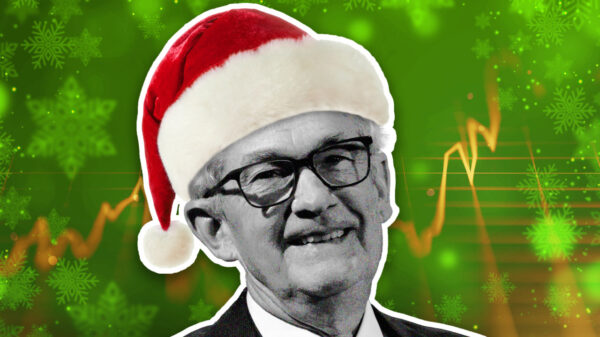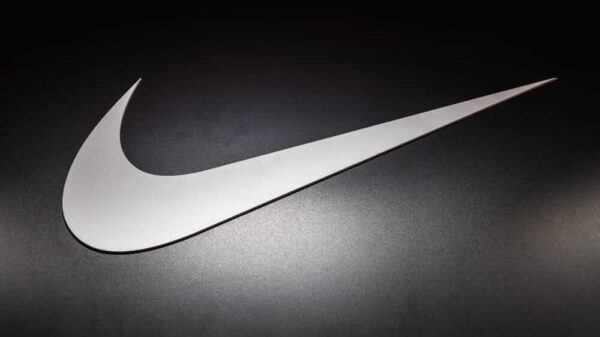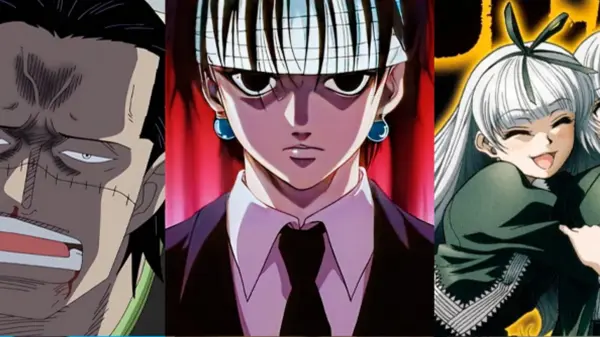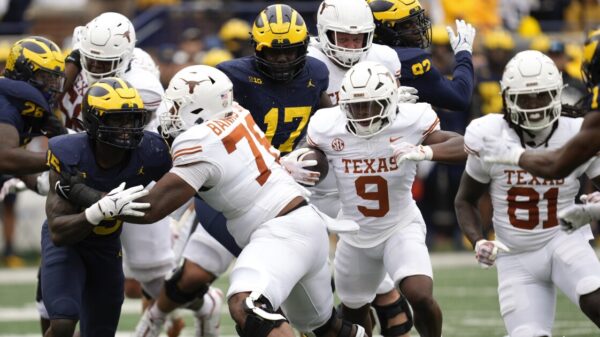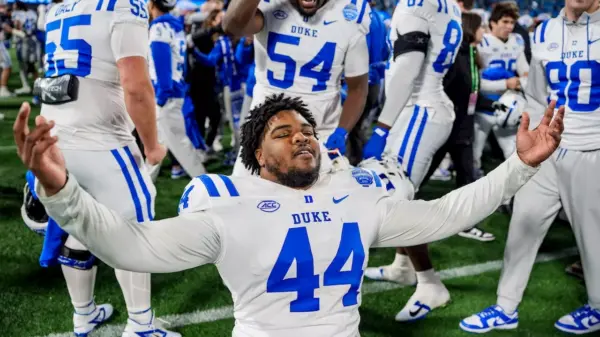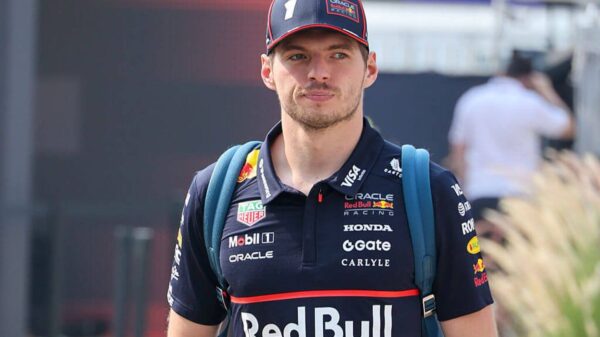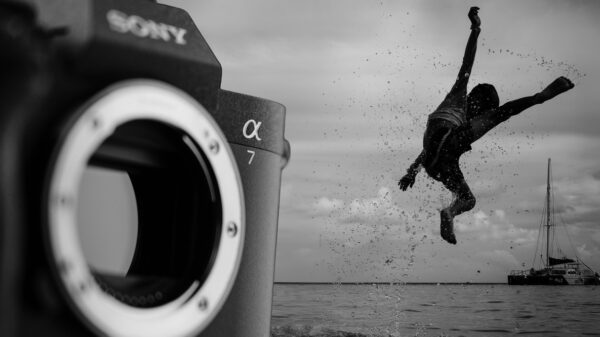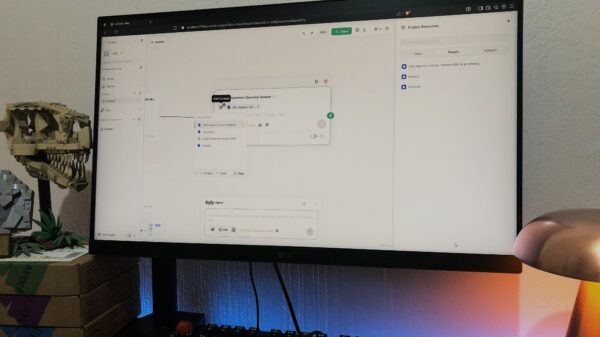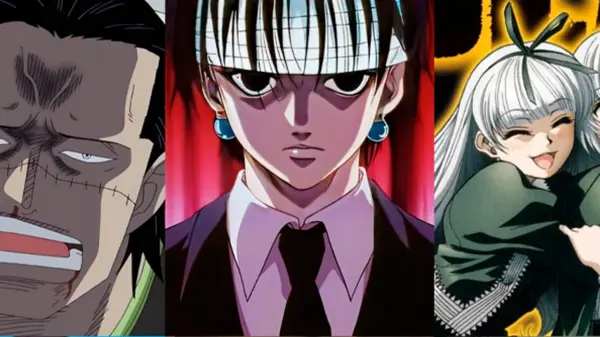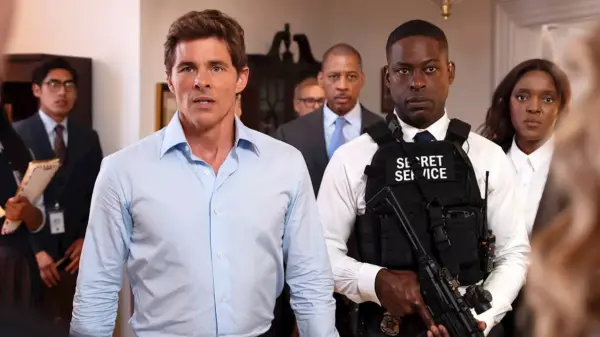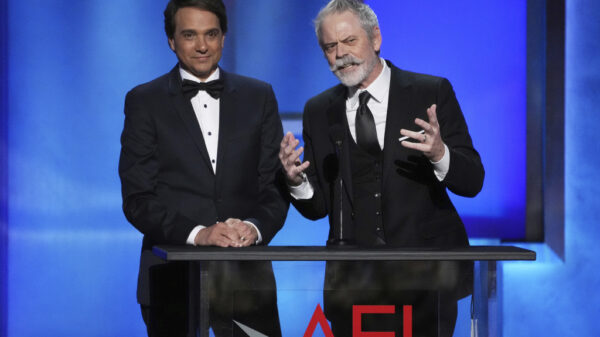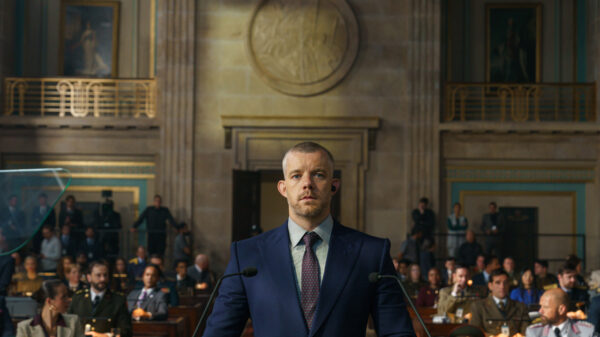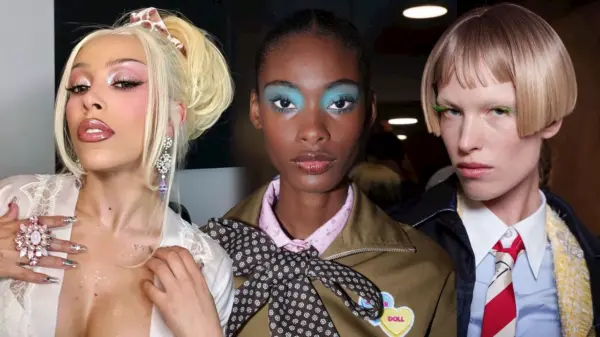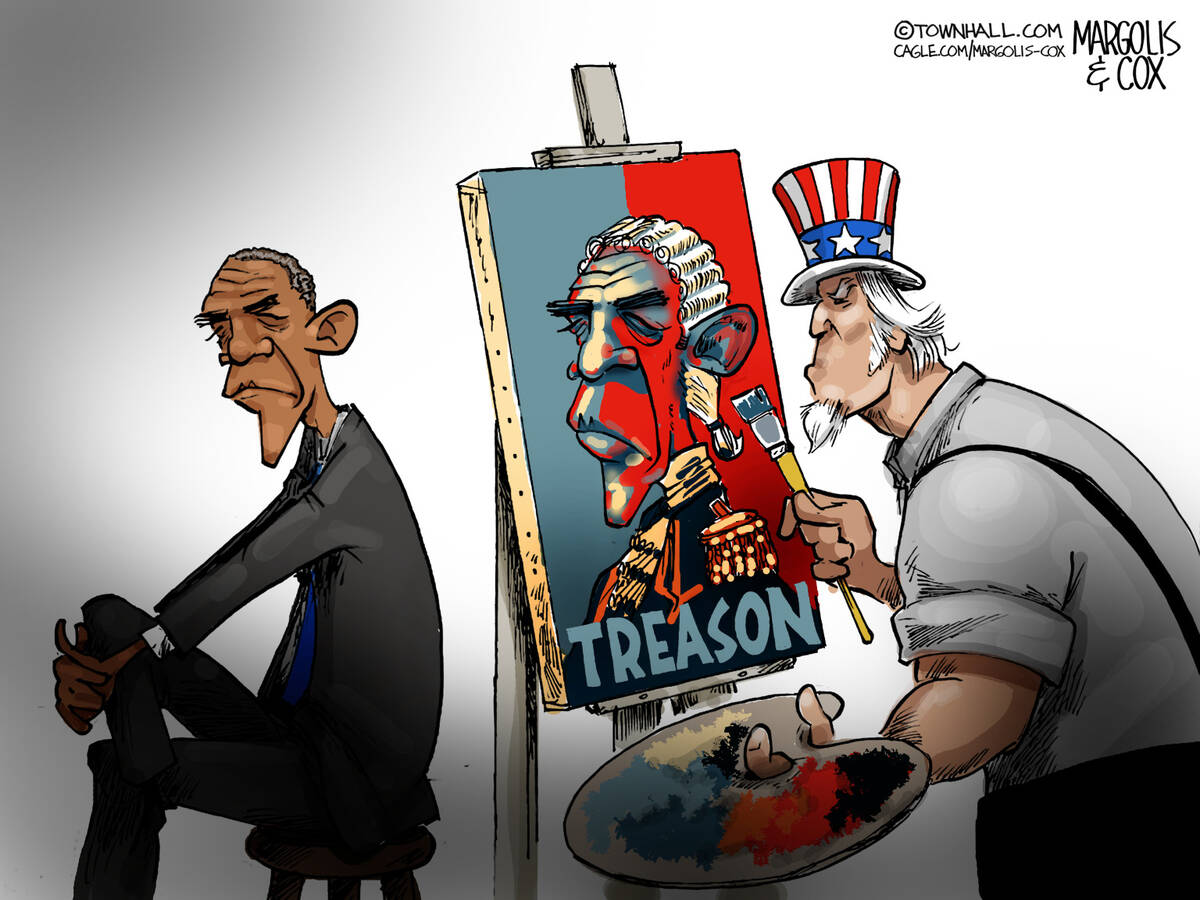Former President Barack Obama unveiled his new official portrait at the National Portrait Gallery in Washington, D.C., on September 12, 2023. This unveiling has prompted a wave of commentary and artistic expression from editorial cartoonists across the globe. The portrait, painted by renowned artist David Hockney, captures a reflective and engaging image of the 44th president, resonating with audiences both in the United States and internationally.
The portrait has sparked discussions not only about Obama’s legacy but also about the role of art in political discourse. The depiction, characterized by vibrant colors and an expressive style, has been interpreted in various ways by cartoonists, who often use satire and humor to comment on current events.
International Artistic Perspectives
Editorial cartoons from various publications highlight the diverse reactions to Obama’s portrait. For example, the New York Times featured a satirical take that juxtaposed Obama’s image with contemporary political issues, emphasizing the contrast between his presidency and the current political climate. Similarly, artists from Europe and Asia have also contributed their interpretations, reflecting local sentiments about leadership and governance.
The response in the artistic community underscores the significance of Obama’s presidency in global politics. Many cartoonists have chosen to focus on themes of hope and change, drawing parallels to the challenges faced today. This creative dialogue illustrates how art can serve as a powerful medium for commentary and reflection.
The Legacy of Political Portraits
The unveiling of Obama’s portrait is not merely an artistic event; it serves as a reminder of the impact of political figures on society. Portraits of leaders have historically played a significant role in shaping public perception. The new artwork continues this tradition, allowing viewers to engage with Obama’s story in a contemporary context.
Critically, the portrait’s style and execution have also been a focal point of discussion. Hockney’s distinctive approach, marked by rich colors and a modern aesthetic, invites viewers to reconsider traditional notions of portraiture. Art critics have praised the work for its emotional depth, suggesting that it embodies the spirit of an era defined by both progress and adversity.
As the reactions unfold, it is clear that Obama’s portrait will continue to inspire dialogue among artists, politicians, and the public alike. This event not only marks a moment in art history but also highlights the ongoing relevance of political portraits in shaping narratives and influencing perceptions around the world.

